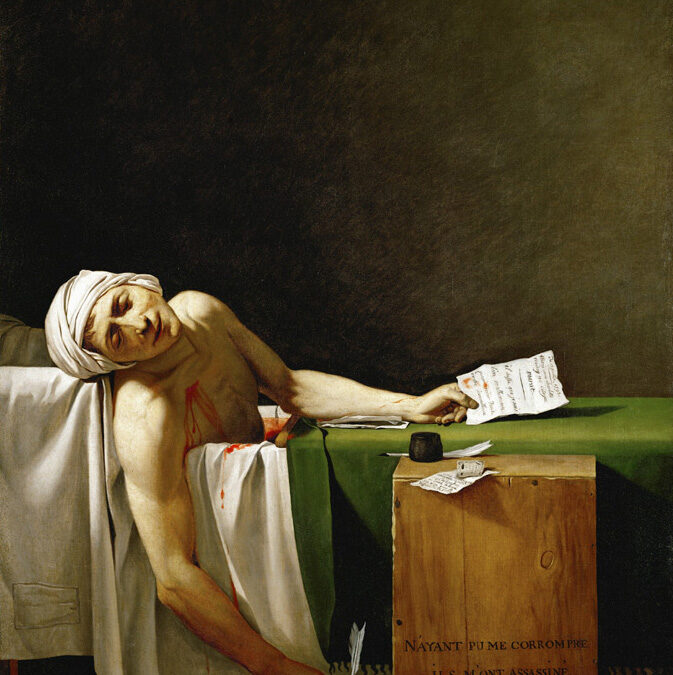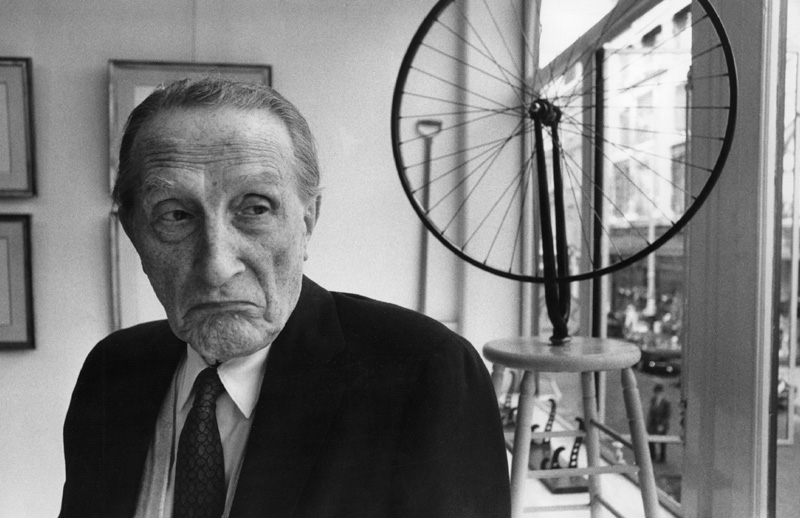Introduction
In the realm of modern art, few names shine as brightly as Pablo Picasso. Born on October 25, 1881, in Málaga, Spain, Picasso’s journey from a precocious young talent to a revolutionary artistic figure is as fascinating as the myriad of works he produced throughout his prolific career. With an insatiable curiosity and an unparalleled ability to reinvent artistic conventions, Picasso left an indelible mark on the art world, challenging perceptions and reshaping the landscape of creativity for generations to come.
Pablo Picasso’s “Guernica” stands as one of the most renowned and contentious works of art in the 20th century. Depicting the bombing of the Basque town of Guernica during the Spanish Civil War, the painting’s controversial nature extends far beyond its subject matter. From the piece’s political-protest context to its artistic style and symbolism, “Guernica” remains relevant in debates and discussions among art enthusiasts, historians, and critics alike.

Guernica: The Chaos of War
At its core, “Guernica” portrays the devastating consequences of war, solely focusing on the suffering inflicted upon civilians. The indiscriminate nature of violence that war embodies is allegorically represented in the various figures in the painting itself.
Painted in 1937 during the Spanish Civil War, “Guernica” carries significant political influences. The bombing of Guernica by Nazi Germany, who supported General Franco’s Nationalist forces, served as the catalyst for Picasso’s creation. After seeing photographs of the bombing in the paper Picasso undid his “no politics” stance on art. The lack of color seems to be inspired by the black and white photographs that first sparked the artist’s inspiration. The painting is widely interpreted as a condemnation of the atrocities committed during the war and a plea for peace.
The stark imagery of shattered buildings, anguished figures, and dismembered bodies evokes a visceral response, challenging viewers to confront the horrors of conflict head-on. This unflinching portrayal of human suffering remains a primary source of controversy surrounding the painting as it challenges society makers to contemplate the true results of war.
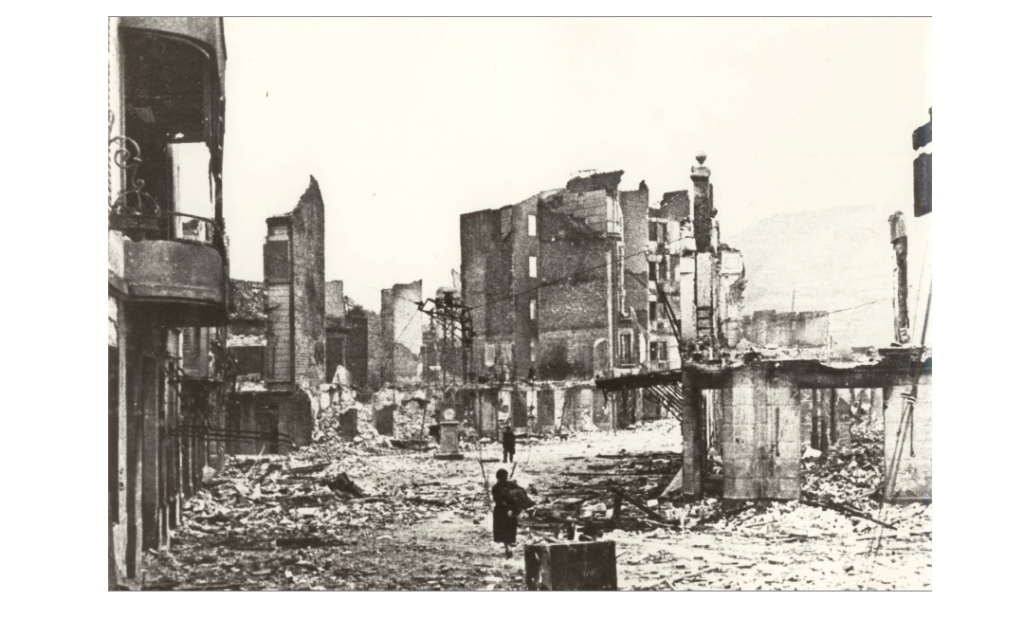
Its political message, combined with the ongoing ideological divisions of the time, further fuels the controversy surrounding the artwork. Picasso’s cubist style, characterized by its fragmented and abstract forms, adds another layer of complexity to “Guernica.” Some critics initially struggled to decipher its meaning, dismissing it as chaotic or incomprehensible. The tension between traditional artistic conventions and Picasso’s innovative techniques continues to divide opinions about the painting’s merit and significance.
Symbolism
“Guernica” is rich with symbolism, from the bull and horse to the wounded figures scattered throughout the composition. These symbols have been interpreted in various ways, reflecting the diverse perspectives of viewers and scholars. While some see the bull as a representation of brutality and the horse as a symbol of suffering, others offer alternative interpretations based on historical context or personal experience. The ambiguity of these symbols adds depth to the painting but also contributes to its controversy, as interpretations vary widely.
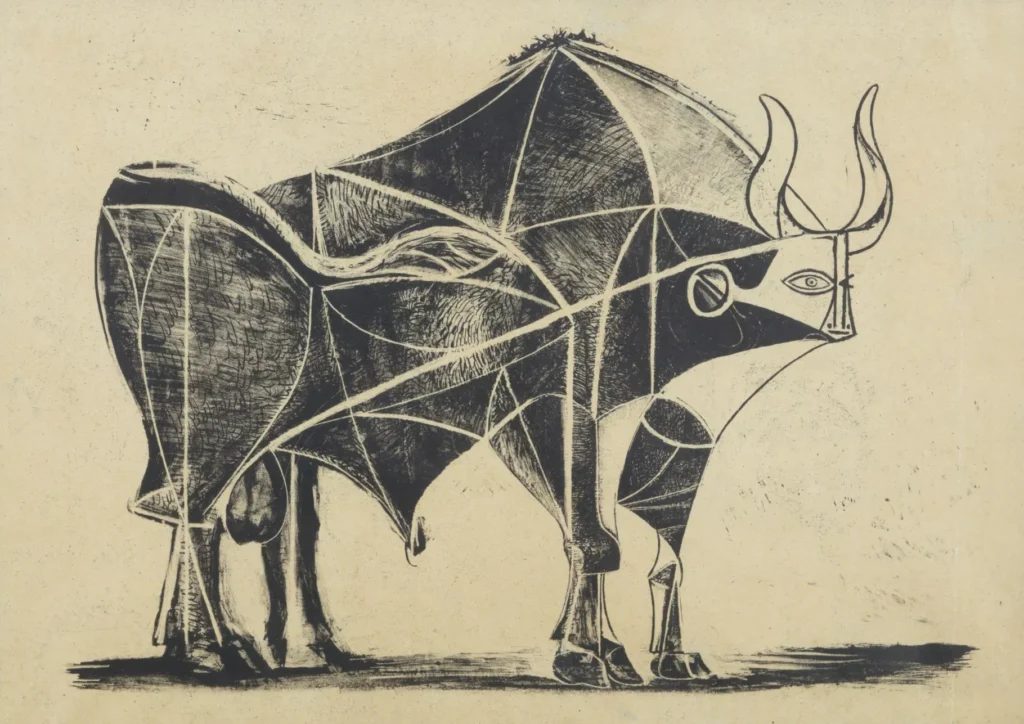
The painting depicts what can be interpreted as a light bulb at its apex, possibly symbolizing modern technology. It hovers over the chaotic scene below, implying that rather than bringing illumination and progress, it observes passively. The bulb’s eye-like appearance suggests it represents the airplanes and bombs, indicating that technology is as culpable for the disaster as it is for witnessing it.

The image of the light bulb as a symbol of both illumination and surveillance, as well as progress and destruction, adds depth to the overall message of the painting. It suggests a complex relationship between innovation and its consequences, with the implication that technology can both bring light and enlightenment while also casting a shadow over humanity’s actions. This interpretation invites viewers to consider the ethical and moral dimensions of technological advancement, reflecting on the responsibilities that come with progress.
“It isn’t up to the painter to define the symbols. Otherwise it would be better if he wrote them out in so many words. The public who look at the picture must interpret the symbols as they understand them.”
Pablo Picasso referring to “Guernica”
This is just one of many interpretations that can be drawn by this piece as there is no final conclusion to it’s symbolism and their meanings. Even with the piece being directly inspired by one devastating event, there is a visual ambiguity tat allows it to transcend and become a timeless and universal depiction of war’s atrocities.
Reception and Legacy
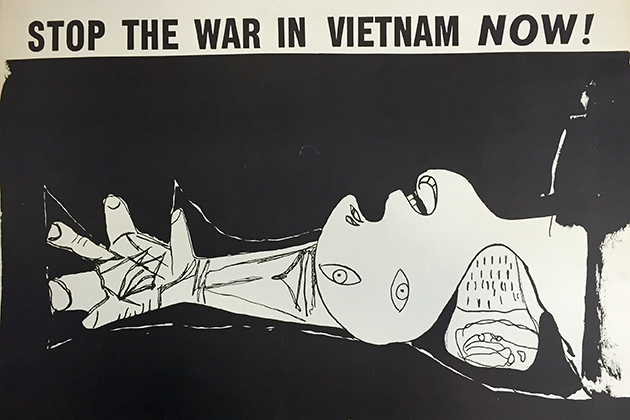
Upon its unveiling, “Guernica” received mixed reactions, with some praising its raw emotional power and others expressing confusion or discomfort. However, over time, the painting has emerged as one of Picasso’s most iconic and influential works, solidifying its place in art history. Despite its divisive nature, “Guernica” continues to provoke thought and inspire dialogue about the enduring impact of war on humanity. Its unflinching portrayal of the horrors of war, combined with its political message, artistic innovation, and symbolic depth, ensures that the painting will continue to provoke debate and reflection for generations to come.


